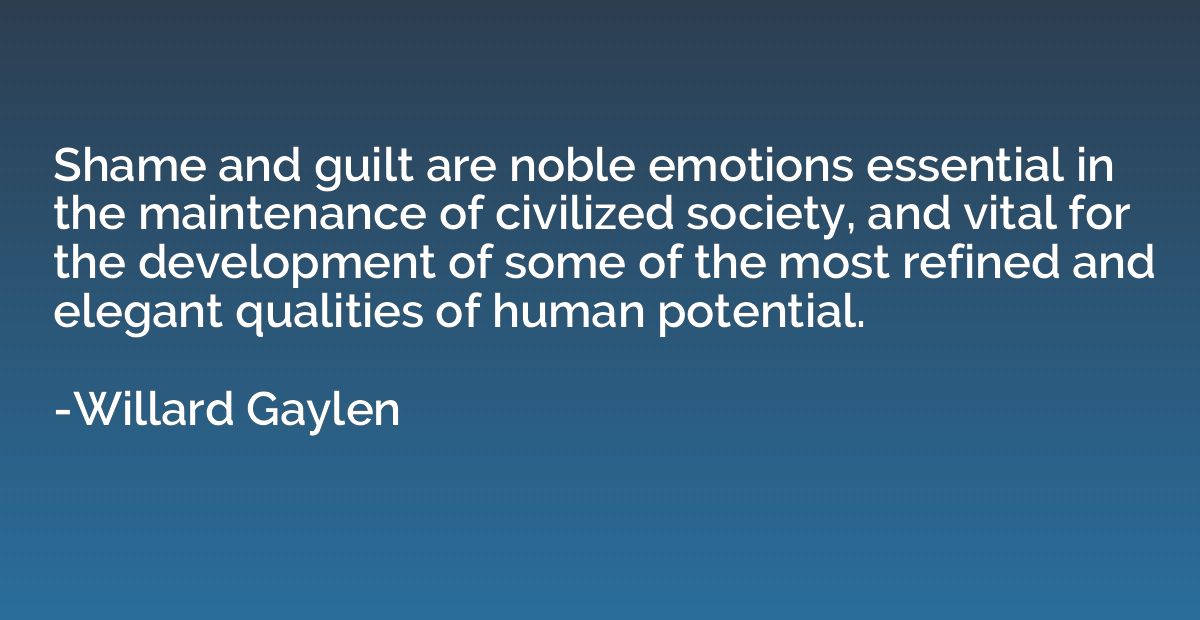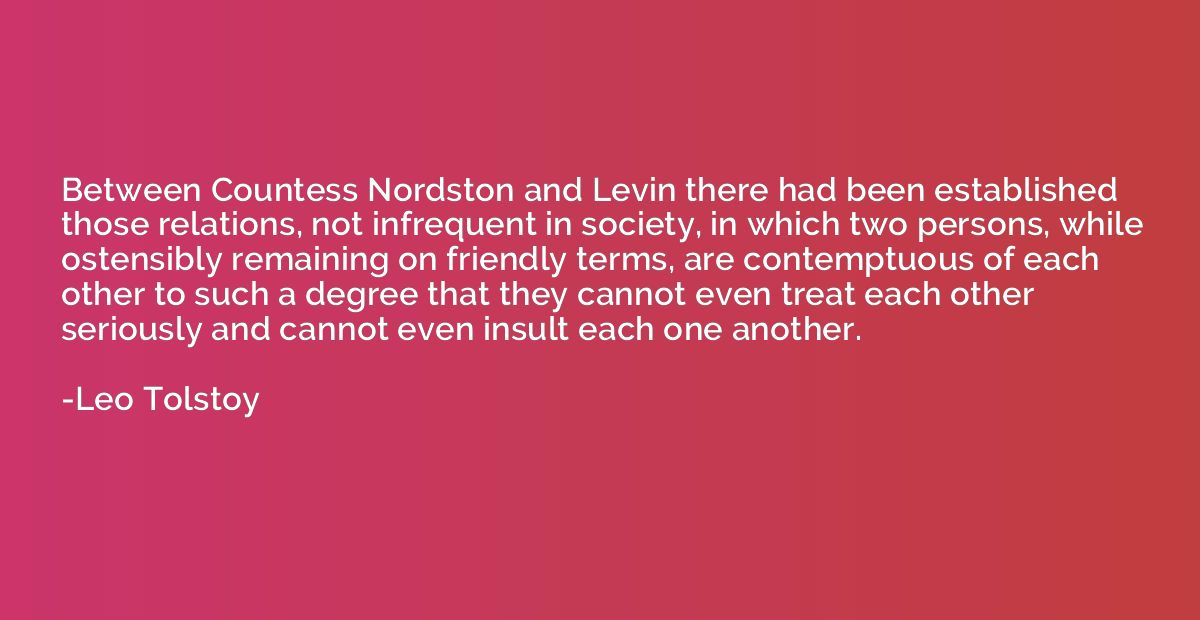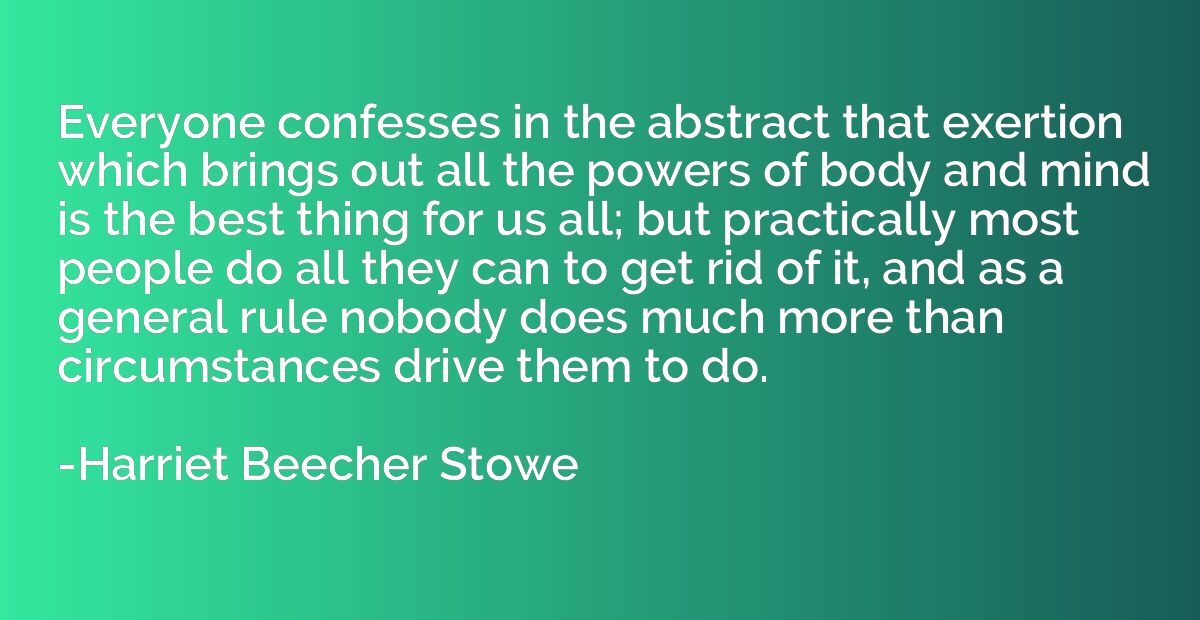Quote by Willard Gaylen
Shame and guilt are noble emotions essential in the maintenance of civilized society, and vital for the development of some of the most refined and elegant qualities of human potential.

Summary
This quote argues that shame and guilt are important emotions that play a crucial role in upholding civilized society and fostering the growth of admirable qualities in individuals. Rather than considering them as negative emotions, the quote suggests that shame and guilt are noble and necessary as they encourage individuals to adhere to social norms, morals, and values. These emotions are seen as integral in refining human potential, as they prompt self-reflection, personal growth, and the cultivation of virtuous traits. Overall, the quote posits that shame and guilt have a positive impact on society and contribute to the development of refined and elegant human qualities.














